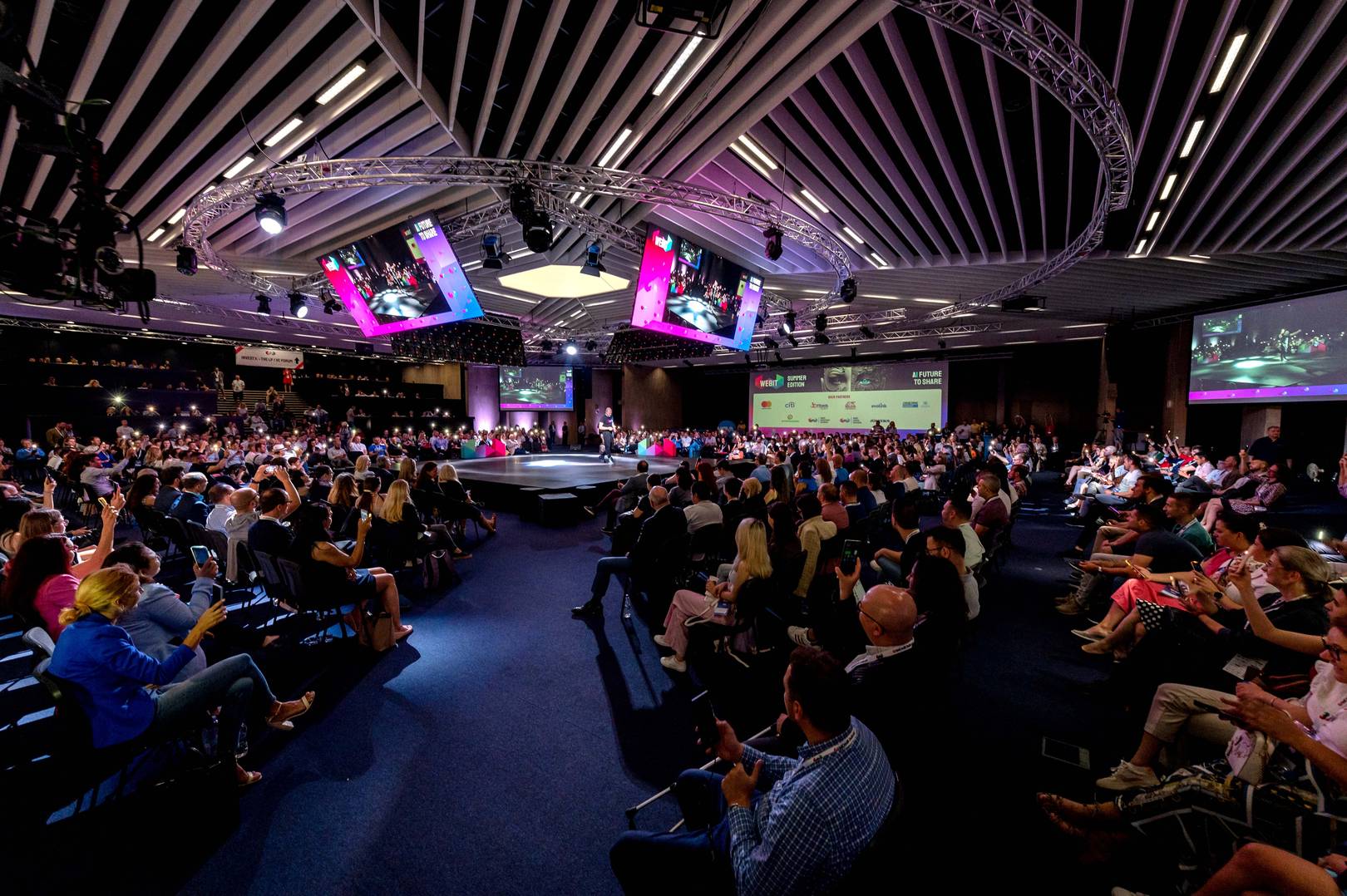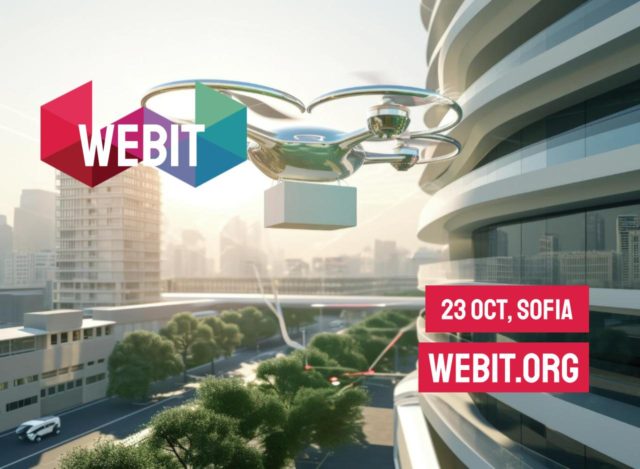As urbanization continues to accelerate, cities around the world are facing increasing pressure to become more sustainable, efficient, and livable. Enter smart cities—urban areas that leverage technology and data to enhance the quality of life for their residents, optimize infrastructure, and promote sustainability. By integrating digital technologies into every aspect of city planning and operations, smart cities are redefining the way we interact with our urban environments.
In this article, we explore the key components of smart cities, the technologies driving this revolution, and the challenges and opportunities that lie ahead for the future of urban living.
Key Components of Smart Cities
At the heart of every smart city are interconnected systems that collect and analyze data to improve decision-making and service delivery. The main components include:
- Smart Infrastructure: Intelligent systems that monitor and manage transportation, utilities, and public services to improve efficiency and reduce waste.
- IoT (Internet of Things): Networks of connected devices and sensors that collect real-time data on everything from traffic flows to air quality, enabling cities to respond to challenges more quickly.
- Sustainable Energy: Smart grids and renewable energy sources that ensure efficient power consumption, helping cities reduce their carbon footprint.
- Public Safety and Security: Advanced surveillance systems, predictive policing, and emergency response technologies that keep cities safer.
- Smart Mobility: Solutions like electric vehicles (EVs), ride-sharing services, and autonomous transportation that reduce congestion and emissions.
Together, these components create an ecosystem where data and technology come together to improve urban living.
How Technology is Powering Smart Cities
Several key technologies are driving the development of smart cities:
- Artificial Intelligence (AI): AI is used to analyze large datasets generated by IoT devices and city systems, allowing for predictive analytics and more efficient decision-making.
- 5G Networks: Faster and more reliable internet connectivity provided by 5G is critical for enabling real-time data sharing between city systems, vehicles, and infrastructure.
- Blockchain: Blockchain technology ensures secure data transactions, enhances transparency, and can be used in everything from smart contracts to secure digital identities.
- Big Data Analytics: Data collected from various sources is processed and analyzed to uncover patterns, optimize services, and drive innovation.
- Automation and Robotics: From autonomous vehicles to drones for package delivery, robotics and automation streamline urban logistics and services.
These technologies are interconnected, creating a digital fabric that enables cities to function more efficiently and respond to the needs of their residents.
Benefits of Smart Cities
The implementation of smart city technologies offers numerous benefits for urban populations, governments, and the environment:
- Improved Quality of Life: By optimizing transportation systems, reducing pollution, and enhancing public services, smart cities improve the day-to-day experience of their residents.
- Sustainability: Smart grids and renewable energy solutions reduce carbon emissions and promote energy efficiency. Cities can also better manage waste and water resources with IoT-enabled systems.
- Enhanced Public Safety: With real-time monitoring and predictive analytics, cities can prevent accidents, detect crime faster, and respond to emergencies more effectively.
- Economic Growth: Smart cities attract investment in technology, infrastructure, and innovation, driving economic development and job creation.
- Increased Efficiency: Automated systems reduce operational costs for city governments and provide more streamlined public services, from waste management to public transportation.
Challenges and Considerations
While the promise of smart cities is exciting, there are significant challenges that need to be addressed for widespread implementation:
- Data Privacy and Security: The vast amounts of data collected in smart cities raise concerns about surveillance and the potential misuse of personal information. Ensuring data security and maintaining privacy standards are critical issues that cities must tackle.
- Infrastructure Costs: Building and maintaining the infrastructure required for smart cities—such as sensors, 5G networks, and AI systems—can be costly, especially for developing regions.
- Digital Divide: Not all residents in a smart city may have equal access to the technologies and services provided, potentially widening the gap between different socio-economic groups.
- Interoperability: For smart cities to function efficiently, various systems and devices need to communicate with each other seamlessly. Ensuring interoperability between technologies and standards remains a complex challenge.
Addressing these challenges is essential to ensure that smart cities are inclusive, equitable, and secure.
Examples of Smart Cities Around the World
Several cities around the world are leading the way in smart city development:
- Singapore: Known for its innovative use of IoT and AI, Singapore’s Smart Nation initiative aims to integrate technology into every aspect of daily life, from healthcare to transportation.
- Barcelona: The Spanish city has implemented smart lighting, waste management, and public transportation systems, creating a more sustainable and efficient urban environment.
- Copenhagen: Focused on becoming carbon-neutral by 2025, Copenhagen uses smart grids, green energy, and data analytics to optimize its energy use and reduce emissions.
- New York City: With its extensive use of data analytics to manage traffic flow and improve public safety, New York is setting a standard for large urban centers.
- Songdo, South Korea: Built from the ground up as a smart city, Songdo features interconnected systems for traffic control, waste management, and energy efficiency.
These cities provide models for how technology can transform urban environments and offer valuable lessons for future smart city initiatives.
The Future of Smart Cities
As urban populations continue to grow, the need for smarter, more sustainable cities will become increasingly urgent. The future of smart cities will likely be shaped by advances in AI, IoT, and renewable energy, as well as ongoing efforts to address challenges like data security and the digital divide.
Emerging trends, such as the rise of autonomous vehicles, the integration of AI-driven urban planning, and the increased focus on environmental sustainability, will further redefine what it means to live in a smart city. Additionally, citizen engagement will play a critical role, as smart cities must ensure that residents are actively involved in shaping the policies and technologies that affect their lives.
Ultimately, smart cities represent a vision of urban living that is more efficient, connected, and responsive to the needs of its residents. As technology continues to evolve, the possibilities for innovation in urban environments are limitless.
Conclusion
Smart cities are at the forefront of the future of urban living, offering solutions to the challenges of modern urbanization. By leveraging technology and data, they can create more sustainable, efficient, and livable environments for their residents. While challenges remain, the potential benefits of smart cities—from enhanced public services to reduced environmental impact—make them an essential part of the future of our rapidly urbanizing world.
Join the discussion and learn from global leaders in the industry on the 23rd of October in Sofia. https://www.webit.org/festival-europe/index.php

#WebitFestival2024 is an exciting opportunity for industry leaders and experts to come together to discuss the latest trends and developments in the field of smart cities.Check our ticket options here:
https://www.webit.org/festival-europe/tickets.php
